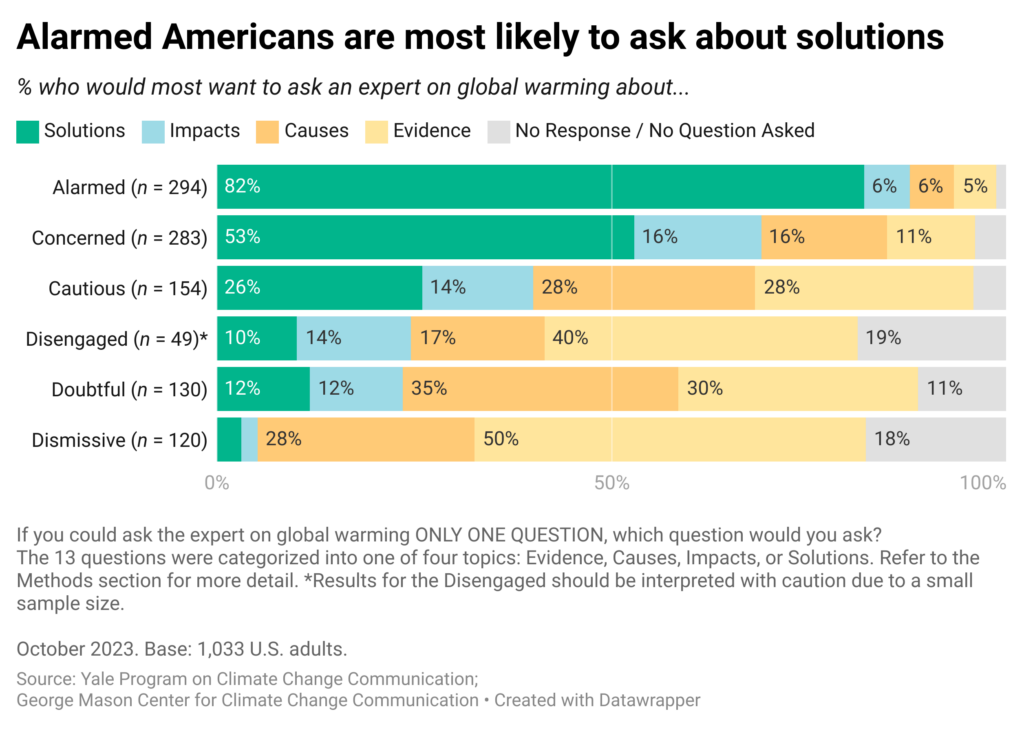I don’t know how many people work at the IEA, but it seems like most to all of them got in on writing this Report. On page 5 there is a list of some 35 “directors,” “lead authors,” and “principal authors” from among IEA employees, plus another 4 who provided “support,” and then, on pages 6 to 8, some 89 people said to be
“high-level government representatives and international experts from outside of the IEA” who somehow
“contributed to the process.” From the content of the Report, one has to wonder if any of these people ever completed the study of arithmetic at the sixth-grade level, let alone if any have read any of the important work in this area.
The thesis of the Report is that batteries, and particularly lithium ion batteries, are the key to the impending energy transition, and need to be scaled up massively and immediately with whatever amount of government subsidies and handouts that it takes. Here are a few quotes from the press release:
After their deployment in the power sector more than doubled last year, batteries need to lead a sixfold increase in global energy storage to enable the world to meet 2030 targets. . . . In the first comprehensive analysis of the entire battery ecosystem, the IEA’s Special Report on Batteries and Secure Energy Transitions sets out the role that batteries can play alongside renewables as a competitive, secure and sustainable alternative to electricity generation from fossil fuels. . . . IEA Executive Director Fatih Birol [said,] “Batteries will provide the foundations in both areas, playing an invaluable role in scaling up renewables and electrifying transport while delivering secure and sustainable energy for businesses and households.
I suppose it would be too much for me to expect these grandees to have read
my energy storage report, published by the Global Warming Policy Foundation in December 2022. But if you are claiming that you have at hand a “
competitive, secure and sustainable alternative to electricity generation from fossil fuels,” as these guys are, there is a series of very obvious question that must be addressed. Those include:
- Quantitatively, how much energy storage, in watt-hours (or gigawatt-hours) will be necessary to provide full back-up to a national electricity grid once all fossil fuel back-up has been banished and the storage is all that is available when the instantaneous generators are not supplying the full demand?
- How much will that amount of storage cost?
- What is the maximum length of time that energy must be held in storage before it is called upon, and is the proposed storage technology capable of the task of storing energy for that period of time?
There are other comparably important questions, but at least those are absolutely essential.
The IEA Report addresses none of them.
What we get instead is endless happy talk about the wonders of lithium ion battery technology, how the costs are falling rapidly, how deployments are soaring, and how utopia (i.e., meeting UN COP 28 emissions reduction targets) is right around the corner if only we accelerate the process with massive government “support.” The full Report is some 159 pages (with appendices and references), so I can only give you a small sample. But here are a few choice quotes from the Executive Summary:
- From page 11: “Batteries are an essential part of the global energy system today and the fastest growing energy technology on the market. Battery storage in the power sector was the fastest growing energy technology in 2023 that was commercially available, with deployment more than doubling year-on-year.”
- Also from page 11: “Lithium-ion batteries dominate battery use due to recent cost reductions and performance improvements. Lithium-ion batteries have outclassed alternatives over the last decade, thanks to 90% cost reductions since 2010, higher energy densities and longer lifetimes.”
- From page 12: “Policy support has given a boost for batteries deployment in many markets but the supply chain for batteries is very concentrated. Strong government support for the rollout of EVs and incentives for battery storage are expanding markets for batteries around the world.” [For the obtuse among the readership, “policy support” is code for vast subsidies and handouts.]
- More from page 12: “Batteries are key to the transition away from fossil fuels and accelerate the pace of energy efficiency through electrification and greater use of renewables in power.”
- Still on page 12: “To triple global renewable energy capacity by 2030 while maintaining electricity security, energy storage needs to increase six-times. To facilitate the rapid uptake of new solar PV and wind, global energy storage capacity increases to 1 500 GW by 2030 in the NZE Scenario, which meets the Paris Agreement target of limiting global average temperature increases to 1.5°C or less in 2100. Battery storage delivers 90% of that growth, rising 14-fold to 1200 GW by 2030.”
Check out that last bullet point. Yes, they are so dumb that they discuss energy storage capacity in GW rather than GWh. How did they come up with the line that to reach their goals
“energy storage needs to increase six-times” when they don’t even know the right units to do the calculations? You won’t find an answer in this Report. In my own energy storage report, I calculated that to reach a zero-emissions electricity sector that could get through a year without fossil fuel back-up would require increasing energy storage by something around
10,000 times. I used the correct units and showed how my calculations were done.
And how about the question of the length of time that energy must remain in storage to back-up a wind/solar powered grid, and whether the proposed technology is up to the task? In my own report, which only considered scenarios of getting through a single year, I showed that much of the stored energy would need to be held for 6 – 12 months before use. In a further
blog post on September 28, 2023, I covered a new report then out from the UK’s Royal Society (described by me as “semi-competent”), which used 37 years of data. Based on the 37 years of data, that report concluded that hundreds of hours worth of grid peak usage would need to be held in storage
for multiple decades in order to get through worst-case sun and wind droughts. I had this quote from the Executive Summary of the Royal Society report:
Wind supply can vary over time scales of decades and tens of TWhs of very long-duration storage will be needed. The scale is over 1000 times that currently provided by pumped hydro in the UK, and far more than could conceivably be provided by conventional batteries.
(Emphasis mine.). I’m ready to forgive these IEA guys for not being familiar with my own report, but not for complete ignorance of the Royal Society’s effort.
The entire discussion that I can find in the IEA Report on the problem of need for massive amounts of very long duration storage consists of a chart and one paragraph of text on page 47. Here is the chart:
And the text:
Iron air and other battery technologies that potentially could enable the storage of electricity over longer durations measured in weeks, are still in their infancy. Currently it is not clear whether those technologies can be developed so as to provide what is required in a cost-efficient way. For even longer duration storage, such as seasonal storage, battery technologies are not fit for purpose, and other mechanical, e.g. pumped storage hydro, and chemical, e.g. hydrogen storage, technologies need to be deployed.
So 90 plus percent of the storage needed to back up the intermittently-supplied grid needs to be stored for months and years, but the only battery technologies that can even last for “weeks” are things that are
“in their infancy” and where it is
“not clear” that they can be provided in a
“cost-efficient way.”
Overall, a shockingly inept and embarrassing piece of work from the IEA. Undoubtedly our government will react by piling forth a few more hundreds of billions of dollars to subsidize batteries to do a job for which they are completely
“unsuitable.”










